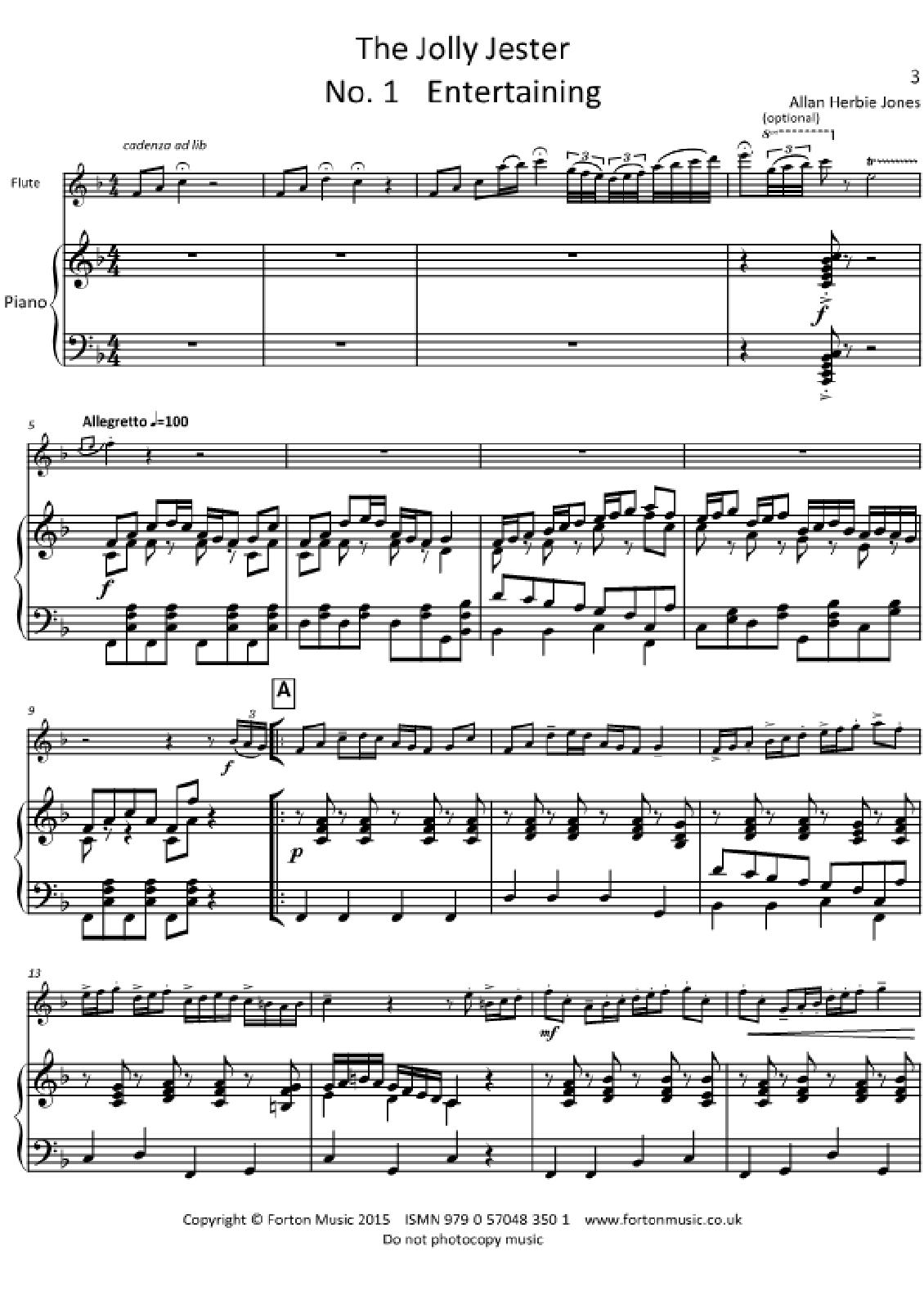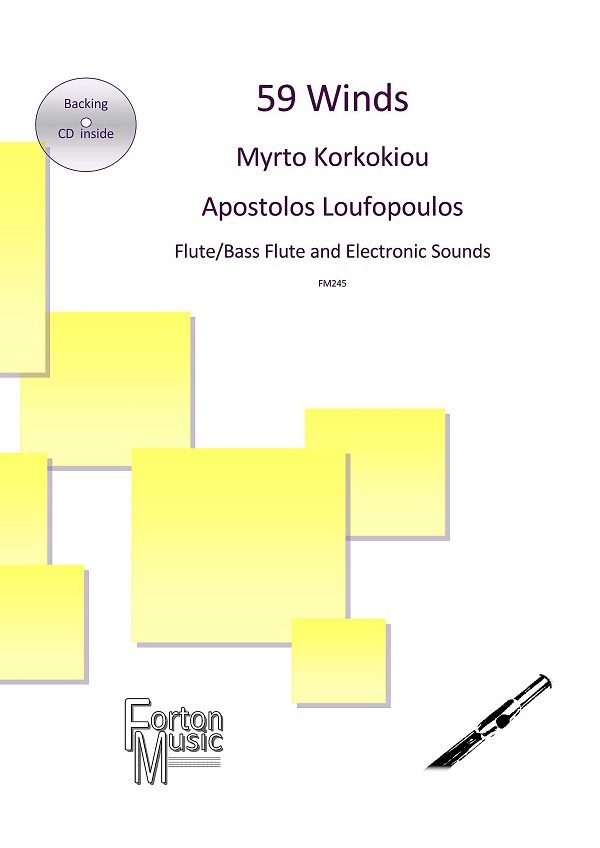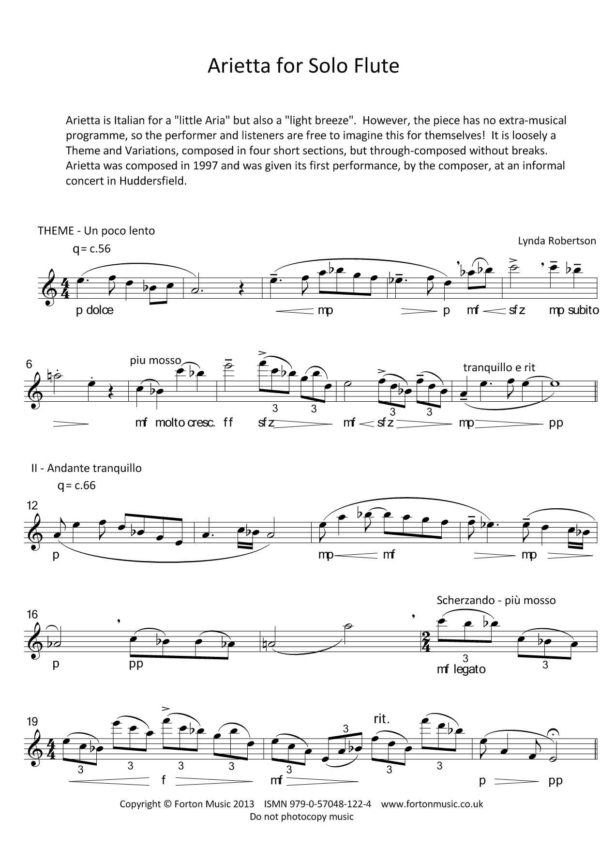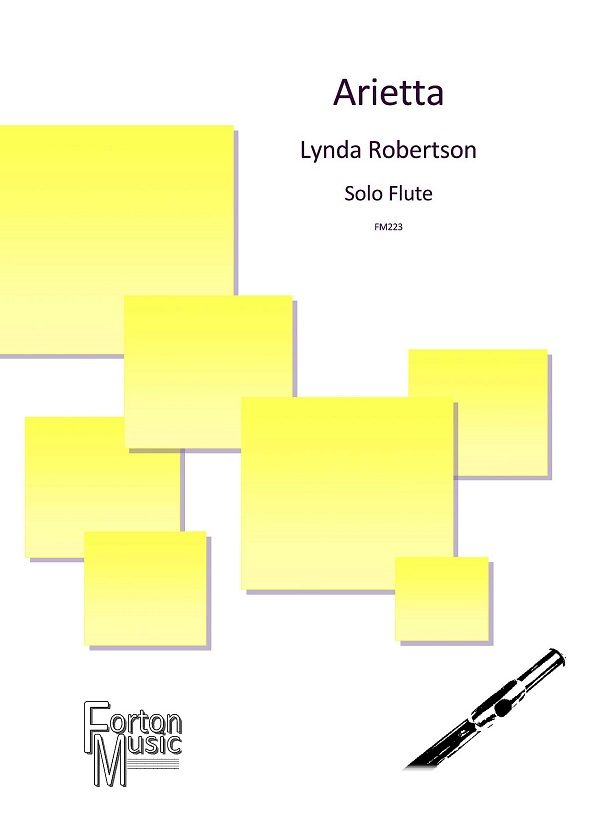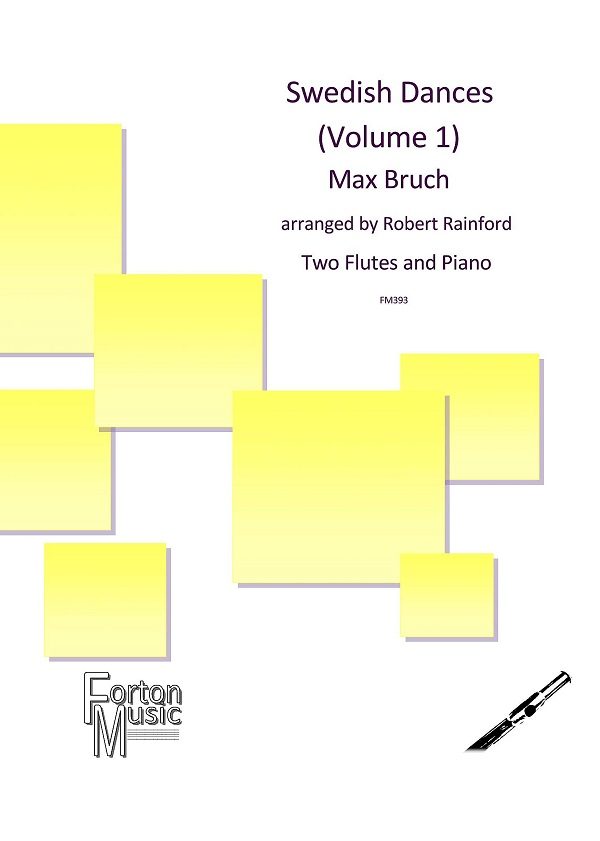Description
As the title suggests, a joyful piece, in what I believe the medieval court Jester of the 12th or 13th century would play to entertain the nobility of that time. In the first movement, particular attention should be paid to articulation and phrasing. The cadenzas have scope for as much ‘ad lib’ as the soloist and accompanist want to give. Rubato can be used on the introductions to each phrase. In the second movement, a quiet lullaby (to put the guests to sleep), phrasing and legato playing should dominate throughout, with lots of feeling and tone. The time signature change should not alter the style of playing. Like the first movement, the third movement (The Wake-up Call) should be lively and energetic. Not played with as much rubato, but with strict adherance to tempo. Inspired by a brilliant recorder player I heard at a concert, this gave me the idea of the medieval Jesters. As a composer, I create the composition. As a musician, you create the music. Thank you for taking an interest in my composition.


